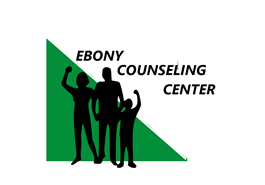Clean and Sober Living is a facility for drug and alcohol addicts recovering from addiction. These facilities began as a movement on the west coast of the United States, serve as an interim environment between a rehab and their home. Many clean and sober living environments, structured around 12-step programs and recovery methodologies, provide transitional living environments. Residents are required to regularly participate in 12-step meetings, take frequent alcohol and drug tests and show that they are taking tangible steps to lasting recovery.
Sober Living
Most often people mistakenly refer to sober living homes as a Rehab Home, Recovery Support Home, Hostel, and even in some cases as a Flop House. Simply stated sober living homes are alcohol and drug free environments that provide a temptation free atmosphere for peer group recovery support. They provide an appropriate environment for individual recovery that allows the inmates to develop their own recovery programs and become self supporting. Sober living homes are mostly privately owned and registered as non-profit organization under United States IRS code 501 (c) (3).
Benefits of Sober Living
- Stability and Structure: What is most needed for an addict who has just left a rehab as a resident is a transitional home that provides them with the stability and structure to keep them focused. Instead of immediately exposing them to temptations and the stress of their previous environment, this sober living environment helps to transit back into the society.
- Peer and Self-support activities: All outside help such as occasional counseling, self-help groups and frequent involvement of family members are encouraged here.
- There is no fixed duration for staying. Sober living provides a safe place for individuals during recovery stages, outside a rehab center from alcohol or drug addiction.
- Most of all sober living is affordable and available at a fraction of the cost of residential treatment
- Sober living is a recovery insurance policy.
- Sober living helps addicts in regaining soberness by providing them with a support system because they are surrounded by peers who are willing to assist them to remain focused.
- Plenty of social activities such as sports, swimming, and other physical activities are promoted to help the addicts to form relationships with people who do not use drugs.
- Many sober living environments are centrally located to enable recovering addicts to indulge in normal activities such as access to shopping, library and public transportation.
Importantly the residents will learn to have fun when they are sober and as an addict they do know how to have fun only when they have been drunk or high. People recovering from addiction must build a sober support network for which these sober living homes offer an ideal environment.




